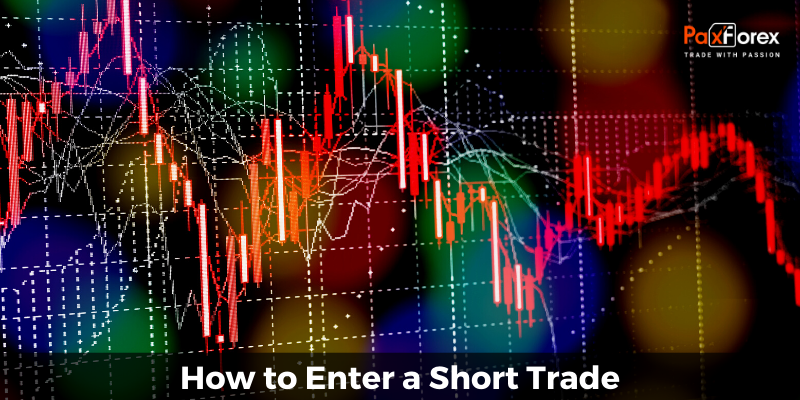
Every Forex trader has a strategy. Knowing your exact course of action in any type of scenario allows you to remain calm and concentrated, therefore bringing along better results.
The question is how do you choose which strategy to go with in the very beginning? To help you answer this question, we are looking at different trading method categories one at a time. Today let’s talk about short term currency trading strategies.
What is a Short Trade
How to be a short term trader? It’s all in the name: trade short term. Basically, there are several categories of trading strategies that vary in the amount of time they require as well as complexity.
Short term trades are normally limited by a time period anywhere from a couple of minutes up to one day. In very rare cases a single trade might be carried over a few days, but it’s more of an exception than a rule.
There are several subcategories of short term trading strategies. They differ based on the amount of trades, size of positions, frequency of opening and closing and more. But while the rules and the steps may vary, the foundation of profitable currency trading remains somewhat the same for every available method.
One of the important things to remember is that the most important part of currency trading long term or short term is risk management. Understanding how much you are risking with every trade you make and taking actions to prevent losses are the qualities of truly successful traders.
Another thing you have to consider is that following existing strategies blindly is not going to get you very far. Visible currency trading short term capital gains are only going to take place if you make adjustments in the strategy you’ve chosen to fit your own skills and preferences.
This is just some theory you need to keep in mind as you consider becoming a Forex trader. Now we are going to get slightly more technical and talk about entering a short trade.
How to Enter a Short Trade

The first thing you need to understand is that short term trading is not the same as how to trade short position.
A short position is simply a process of selling currency. Usually this happens when a trader expects the value of the currency in question to decrease and aims to benefit from selling at the right moment.
Short term trading, however, refers to the amount of time spent trading. This means that there are going to be both long and short position options for every short term strategy.
So, how to enter a short trade?
First you will have to decide on your trading instrument. There are no particular short term trading currency pairs, however it is generally advised to go with highly volatile ones.
Volatility is essential to getting any sort of noticeable profit through short term trading. Especially in strategies such as scalping, when the victory is a matter of mere pips and waiting for them too long is simply not an option.
Next you will need to find the correct time as well as the correct reason to participate in short term trading. Market analysis is a crucial part of success on Forex.
By evaluating the market data and calculating several possible outcomes of each specific trade, we can tell whether the move we are about to make is the most optimal solution. Additionally, a thorough analysis can give you a good idea on which risk management strategies to implement.
Last but not least, you will need to decide when exactly do you enter and when do you exit. As you start going through descriptions of existing trading strategies, you will notice that there are usually several solutions to both starting and finishing each trade.
Use your own judgement and experience to pick which technique to use in every scenario. As long as you are familiar with the trading platform and all of its available functions, entering and exiting are simple. But they definitely need to be considered prior to the actual trade.
Short Term Currency Trading Strategies
To help you fully understand how to trade short term forex, we are going to briefly cover some of the most commonly used short term strategies.
The fastest and perhaps the most stressful approach to short term trading is scalping. Scalpers aim for very small rewards and usually profit off small fluctuations of the chart. This type of trading requires a very serious level of expertise as well as impeccable attention to detail.
Then there is swing trading, where traders are taking advantage of the full price swings — a movement from the highest point to the lowest point. Depending on the pair’s volume and volatility, these swings might take different amounts of time to form. So it is important to mention that swing trading can be both short term and long term.
Both scalping and swinging can be categorized under one larger term, day trading. Day trading is centered around a trader's commitment to open and close all trades within the course of one day.







